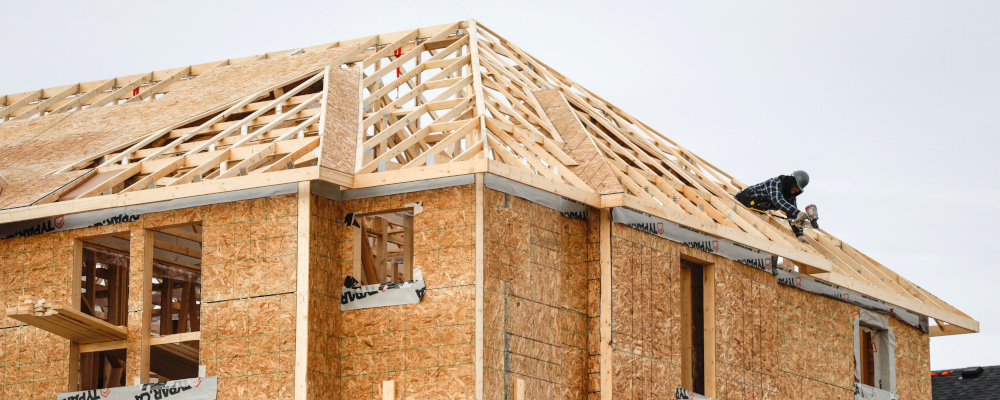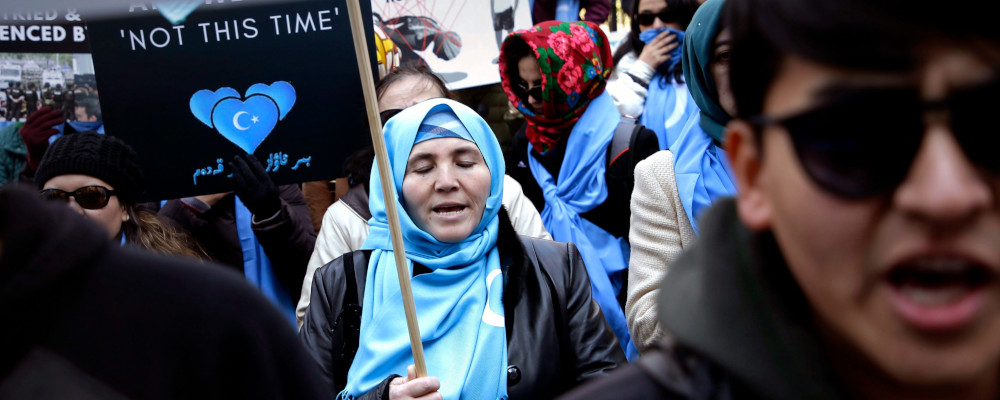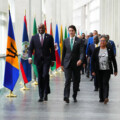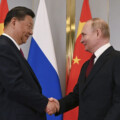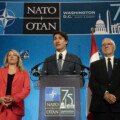Earlier this year, the PC Party’s Housing Affordability Task Force recommended that the Province set for itself a goal of 1.5 million homes built over the next decade.Housing Affordability Task Force report https://www.ontario.ca/page/housing-affordability-task-force-report Currently, we build about 70,000 homes per year in Ontario, so that’d represent more than a doubling of our current completion rate.
That’s ambitious, and the Province should definitely do it and make the legislative, regulatory, and personnel changes necessary for it to be accomplished.
More recently, the Canada Mortgage and Housing Corporation (CMHC) released a reportCanada’s Housing Supply Shortage: Restoring affordability by 2030 https://www.cmhc-schl.gc.ca/en/blog/2022/canadas-housing-supply-shortage-restoring-affordability-2030 stating that to restore 2003-04 levels of housing affordability, we would need to see 2.75-million homes built by 2030—not even a decade away.
Forget doubling our completion rate, we need to 5x it!
It’s worth considering what would need to be true for that to happen. I have some thoughts.
I’ve written before about the need for marginal changes to land use planning in Ontario, including, for example, permitting four-storey apartment buildings everywhere. To be clear, this would be a big win for housing affordability, but it still represents a change along margins and premises established by our dysfunctional planning profession.
If we want to quintuple our completion rate, we’ll need to revisit most of those premises.
First, provincial governments would need to force municipalities to kill all limits and constraints on density. Building density would then become a function of market demand and not political calculation.
If there’s enough demand to fill a few high-rise buildings in Toronto’s Rosedale neighbourhood—and believe me, there is—then those should be built. Etc.
This would require a full rewriting of every one of our major planning documents, including of course municipal official plans and zoning bylaws. They would all end up being much shorter in length.
Second, provincial governments would need to force municipalities to complete approvals and issue permits much more rapidly.
Per the WorldBank, in 2016 (the most recent data I could find), in Canada, it took an average of 12 procedures and 249 days for an applicant to receive a building permit.Dealing with Construction Permits https://web.archive.org/web/20180708001138/http://www.doingbusiness.org/data/exploretopics/dealing-with-construction-permits In Singapore, it took 10 procedures and 54 days.
We should require the same or better.
To be clear, that timeline would have to cover Official Plan Amendments (OPA), Zoning Bylaw Amendments (ZBA), Site Plan Approval (SPA), and building permit issuance. Thankfully, given the first recommendation, few projects would require OPAs and ZBAs.
Third, the Federal Government would need to be looped in to allow for the immigration of many more skilled trades workers.
It’s impossible to say exactly how many that would be, but the guiding principle should be that any skilled trades worker with a credible job offer should be let in.
Those are the big three. They cover two of the four major factors of productionFactors of production https://en.wikipedia.org/wiki/Factors_of_production: (entitled) land and labour. Capital and entrepreneurship aren’t our constraints.
The fourth thing that would need to happen is a bit more involved than some legislative and regulatory updates.
All levels of government would need to get much better at planning, funding, and building the infrastructure needed to support this much growth. Think: parks, schools, streets, subways, sanitary and stormwater sewers, etc.
In short, we’d need to radically improve our state capacity.
And that’s it. Easy peasy.
If we could get that all done, housing might be as affordable for whatever comes after Gen Z as it was for Gen X. And we’d call that progress.
Recommended for You

Trevor Tombe: Canadians are paying billions in hidden taxes on new homes

Christopher Hume: Canada’s architects are building boring and bland cities

DeepDive: Two-parent families: why they’re so important—and why there’s cause for concern in Canada

Sean Speer: The federal government needs to back off—and the provinces need to step up

